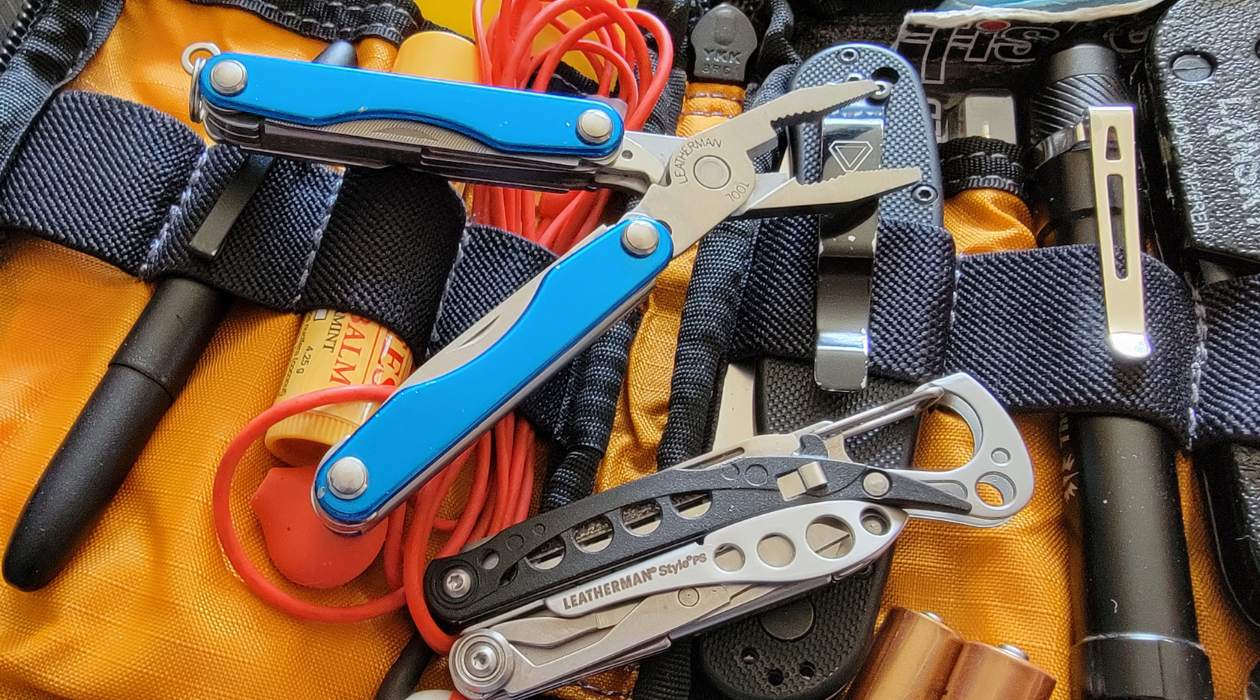

Articles
What Is The Best Power Tools And Hand Tools?
Modified: January 23, 2024
Discover the best power tools and hand tools through informative articles. Find out which tools are essential for your DIY projects.
(Many of the links in this article redirect to a specific reviewed product. Your purchase of these products through affiliate links helps to generate commission for Storables.com, at no extra cost. Learn more)
Introduction
Welcome to the world of power tools and hand tools! Whether you are a DIY enthusiast or a professional tradesperson, having the right tools is essential for tackling various projects with ease. From drilling holes and cutting materials to tightening screws and measuring dimensions, power tools and hand tools provide the necessary precision and efficiency to get the job done.
In this comprehensive guide, we will explore some of the best power tools and hand tools available in the market. We will dive into their features, uses, and benefits, helping you make informed decisions when it comes to choosing the right tools for your needs.
Power tools are electrical or battery-powered devices that can perform a range of tasks effectively and efficiently. They are designed to provide enough power and speed to accomplish tasks that would be challenging or time-consuming with manual tools alone. On the other hand, hand tools are versatile and reliable tools that require manual operation, providing control and precision for various tasks.
Whether you are a homeowner looking to tackle DIY projects or a professional tradesperson working on construction sites, having a good selection of power tools and hand tools is essential. Let’s take a closer look at some of the best power tools and hand tools available in the market:
Key Takeaways:
- Power tools like drills, circular saws, and impact drivers offer efficiency and precision for various tasks, while hand tools such as screwdrivers, hammers, and pliers provide control and versatility for detailed work.
- Prioritize safety, choose tools based on comfort, durability, and special features, and always follow manufacturer’s instructions for safe operation and maintenance to ensure optimal performance and prevent accidents and injuries.
Read more: What Are Non-Powered Hand Tools
Power Tools
Power tools are indispensable when it comes to completing tasks efficiently and effectively. They are designed to provide power and speed, allowing you to tackle a wide range of projects with ease. Here are some of the best power tools worth considering:
1. Drill
A drill is a versatile power tool that every homeowner or professional should have. It is used for drilling holes and driving screws into various materials such as wood, metal, and plastic. Look for a drill with adjustable speed settings and a keyless chuck for easy bit changes.
2. Circular Saw
A circular saw is perfect for cutting straight lines in materials such as wood, plywood, and MDF. It is a must-have power tool for woodworking projects and can also be used for cutting other materials with the right blade. Look for a circular saw with adjustable depth settings and a comfortable grip.
3. Impact Driver
An impact driver is a powerful tool used for driving screws and fasteners. It delivers high torque, making it ideal for tasks that require extra force such as assembling furniture or deck construction. Look for an impact driver with variable speed control and multiple torque settings to handle various projects.
4. Angle Grinder
An angle grinder is a versatile tool used for cutting, grinding, and polishing various materials. It can be used to remove rust, cut through metal pipes, or shape concrete surfaces. Look for an angle grinder with adjustable guard positions and a powerful motor for maximum efficiency.
5. Jigsaw
A jigsaw is a versatile power tool that allows for precise and curved cuts in materials like wood, metal, and plastic. It is perfect for creating intricate designs and shapes. Look for a jigsaw with variable speed control and orbital action for smoother cuts.
6. Rotary Tool
A rotary tool is a compact and versatile power tool that is ideal for detailed work such as engraving, carving, and polishing. It can be used on various materials including wood, metal, and glass. Look for a rotary tool with a range of accessories and variable speed control for maximum versatility.
7. Power Sander
A power sander is a time-saving tool used for sanding and smoothing surfaces. It can be used for removing paint, varnish, or simply achieving a smooth finish on wood or metal. Look for a power sander with different sanding options and a dust extraction system for cleaner working conditions.
These power tools are just a few examples of the wide range of options available in the market. Each tool serves a specific purpose and can greatly enhance your efficiency and productivity. Choose the ones that best suit your needs and consider factors such as power, ergonomics, and versatility.
Read also: 14 Best Power Hand Tools for 2024
Drill
A drill is a versatile power tool that is an essential addition to any toolbox. Whether you are a DIY enthusiast working on home projects or a professional contractor on the job site, a drill is a must-have tool for drilling holes and driving screws.
When selecting a drill, there are a few key factors to consider. The first is power. Most drills come in either corded or cordless options. Corded drills typically offer more power but are limited by their cord length. Cordless drills, on the other hand, offer convenience and mobility, but their battery life may limit their usage time. Look for a drill with sufficient power to handle the materials you typically work with.
The chuck size is another crucial consideration. The chuck is where you attach the drill bit or screwdriver bit. Most drills come with a 3/8-inch or 1/2-inch chuck. The larger the chuck size, the larger the drill bits and accessories you can use.
Speed settings are also important. Drills typically offer two speed options – low and high. Low speed is suitable for tasks that require more torque, such as driving screws or drilling through denser materials. High speed is ideal for tasks that require faster drilling, such as drilling in softer materials.
Ergonomics and comfort are essential when choosing a drill. Look for a drill with a comfortable grip that allows for extended use without causing unnecessary strain or discomfort. A lightweight and well-balanced drill will also make it easier to maneuver and control.
Additional features to consider include a built-in LED light to illuminate the work area, a battery charge indicator for cordless drills, and a clutch system that allows for more precise control over the torque applied.
With a drill in your tool arsenal, you can tackle a wide range of projects, from basic woodworking tasks to more complex home repairs. Whether it’s installing shelves, assembling furniture, or creating holes for electrical wiring, a drill is an indispensable tool that will greatly increase your productivity and efficiency.
Remember to always wear appropriate safety gear when using power tools and follow the manufacturer’s instructions for safe operation. With the right drill and proper precautions, you can confidently take on any drilling or screwdriving project that comes your way.
Circular Saw
A circular saw is a powerful and versatile cutting tool that is essential for any woodworking project or construction job. With its round spinning blade, the circular saw can make precise and straight cuts through various materials, including wood, plywood, and even metal.
When choosing a circular saw, there are a few important factors to consider. The first is the size of the blade. Circular saws typically come with blade sizes ranging from 6 ½ inches to 7 ¼ inches. The larger the blade size, the deeper the cut it can make. Consider the types of projects you will be working on and choose a blade size that accommodates your needs.
Another crucial aspect is the power source. Circular saws usually come in both corded and cordless options. Corded circular saws provide consistent power without the worry of running out of battery, while cordless circular saws offer greater mobility and convenience. Consider your need for portability and the availability of power sources when deciding between the two options.
The cutting depth and bevel capacity are also essential considerations. The cutting depth determines how deep the blade can cut into the material at a 90-degree angle, while the bevel capacity allows you to make angled cuts. Look for a circular saw that offers adjustable cutting depth and bevel capacity to accommodate diverse cutting needs.
Ease of use and safety features should also be taken into account. Look for a circular saw with a comfortable handle and a lightweight design that will allow for extended use without causing fatigue. Safety features such as blade guards and safety switches are essential to protect you from any potential accidents during operation.
Lastly, consider additional features that may enhance your cutting experience. Some circular saws come with integrated dust collection systems to keep your work area clean, while others may offer laser guides or built-in LED lights to increase accuracy and visibility.
A circular saw is a versatile tool that can be used for a variety of cutting tasks, including cross-cutting, rip-cutting, and bevel cuts. Whether you’re building a deck, constructing furniture, or cutting through sheet materials, a circular saw will significantly expedite your work and provide precise results.
Always wear appropriate safety gear, such as safety goggles and ear protection, when using a circular saw. Follow the manufacturer’s instructions for safe operation and maintenance to ensure optimal performance and longevity of your tool.
Impact Driver
An impact driver is a powerful tool that every DIY enthusiast and professional should have in their toolbox. It is designed to provide high torque and rotational force, making it the perfect tool for driving screws, bolts, and fasteners with ease and precision.
When selecting an impact driver, there are a few key factors to consider. The first is power. Look for an impact driver with sufficient torque to handle the tasks you frequently encounter. Torque is measured in inch-pounds (in-lbs) or Newton-meters (Nm). The higher the torque rating, the more powerful the impact driver.
Another important consideration is the speed settings. Impact drivers typically offer variable speed control, allowing you to adjust the speed based on the task at hand. Lower speeds are ideal for tasks that require more control, while higher speeds are suitable for faster driving applications.
The size and weight of the impact driver are also important factors to consider. Look for a compact and lightweight design that allows for ease of handling, especially in tight spaces or overhead work. A comfortable grip will further enhance control and reduce fatigue during extended use.
One of the key advantages of an impact driver is its ability to deliver high amounts of torque without the user exerting excessive force. This makes it perfect for jobs that involve driving long screws or fasteners into dense materials. The impact action of the driver eliminates the need for manual pushing and reduces the risk of stripped screws.
Impact drivers are available in both corded and cordless options. Cordless impact drivers provide greater mobility and convenience, allowing you to work in areas without access to power outlets. Consider the battery life and charging time when choosing a cordless impact driver.
Additional features to look for include LED lights to illuminate the work area, multiple speed and torque settings for increased versatility, and a quick-release chuck for effortless bit changes.
Impact drivers have gained popularity not only among professionals but also among DIY enthusiasts due to their power, precision, and efficiency. They are ideal for various applications, including deck construction, furniture assembly, and automotive work. With an impact driver, you can complete tasks quickly and effortlessly, saving you time and frustration.
Remember to always wear safety goggles and work gloves when using an impact driver. Follow the manufacturer’s instructions for safe operation and maintenance to maximize the performance and longevity of your impact driver.
Angle Grinder
An angle grinder is a versatile power tool that is essential for cutting, grinding, and polishing various materials. It has a disc-shaped blade or abrasive wheel that spins at a high speed, allowing you to tackle a wide range of tasks with precision and efficiency.
When choosing an angle grinder, there are several factors to consider. The first is the size of the disc or wheel. Angle grinders are available in different sizes, typically ranging from 4 ½ inches to 9 inches. The size of the disc determines the depth of cut and the range of applications the grinder is suitable for.
Another important consideration is the power source. Angle grinders come in both corded and cordless options. Corded angle grinders offer consistent power, making them suitable for heavy-duty applications. Cordless angle grinders, on the other hand, provide greater portability and convenience, although their usage time may be limited by battery life.
The power rating is an indication of the grinder’s performance. The higher the power rating, usually measured in watts or amps, the more powerful the grinder. Consider the types of materials you will be working with and choose a grinder with sufficient power to handle the job.
When it comes to safety, look for an angle grinder with appropriate safety features. This includes a paddle switch or a lock-on switch that allows you to control the tool easily, and a guard that covers the rotating disc to prevent accidental contact. A spindle lock can make changing discs or wheels easier and safer.
Ergonomics and comfort are also crucial factors to consider. Look for an angle grinder with a comfortable grip and a lightweight design that allows for extended use without causing fatigue. A grinder with vibration control features can further enhance comfort and reduce hand fatigue.
Additional features to look for include adjustable speed settings, which allow you to adapt to different materials and applications, as well as features such as dust extraction systems or a side handle for improved control.
An angle grinder is a versatile tool that can be used for cutting through metal pipes, removing rust or paint, shaping concrete surfaces, and even sharpening tools. With the right discs or wheels, you can accomplish various tasks efficiently and achieve professional results.
Always wear appropriate safety gear, including safety goggles, a face shield, and gloves, when using an angle grinder. Follow the manufacturer’s instructions for safe operation and maintenance to ensure optimal performance and safety during use.
Read more: What’s The Best Batteries For Power Tools
Jigsaw
A jigsaw is a versatile power tool that is essential for any woodworking enthusiast or professional. It is designed to make intricate and curved cuts in various materials, including wood, plastic, and metal. With its narrow blade and orbital action, the jigsaw is perfect for detailed work and shaping projects.
When selecting a jigsaw, there are several important factors to consider. The first is the power rating. Look for a jigsaw with sufficient power to handle the materials you typically work with. The power rating is usually measured in watts or amps, and a higher rating indicates a more powerful tool.
The cutting capacity is another crucial consideration. The cutting capacity determines how thick of a material the jigsaw can cut. Consider the types of projects you will be working on and choose a jigsaw that offers a cutting capacity that meets your needs.
Speed settings are also important. Jigsaw models typically offer variable speed control, allowing you to adjust the speed based on the material and task at hand. Lower speeds are ideal for cutting harder materials, while higher speeds are suitable for softer materials.
Look for a jigsaw with an adjustable orbital action feature. Orbital action creates a back-and-forth motion of the blade, which not only increases cutting speed but also improves cutting efficiency and reduces splintering. Some jigsaws offer multiple orbital action settings to further enhance versatility.
Ease of use is an essential consideration. Look for a jigsaw with a comfortable grip and a lightweight design, allowing for extended use without causing fatigue. A jigsaw with a low vibration feature will provide added comfort and precision during operation.
Additional features to consider include a blower or dust extraction system to keep the cutting line clear of debris, LED lights to illuminate the work area, and tool-free blade change systems for quick and hassle-free blade replacements.
A jigsaw is a must-have tool for woodworking projects, whether you are cutting intricate patterns, making curved cuts, or even creating joinery work. It allows for precise and detailed cuts, giving you endless design possibilities.
Always wear safety goggles and work gloves when using a jigsaw. Follow the manufacturer’s instructions for safe operation and maintenance to ensure optimal performance and safety.
Rotary Tool
A rotary tool is a versatile and compact power tool that is highly valued for its ability to perform precise and intricate tasks. It is a handheld tool that operates with a high-speed rotary motion, making it suitable for cutting, engraving, polishing, and more.
When choosing a rotary tool, there are some key features to consider. The first is the power rating. Rotary tools typically range from 1.6 to 1.8 amps of power. The higher the power rating, the more capable the tool will be in handling various tasks. Consider the types of projects you will be working on to determine the right power rating for your needs.
Speed versatility is another important factor. Look for a rotary tool with adjustable speed settings. This will allow you to control the speed based on the material and task at hand. Lower speeds are ideal for delicate tasks such as engraving, while higher speeds are suitable for cutting or grinding operations.
Attachments and accessories are a significant consideration when selecting a rotary tool. Most rotary tools come with a range of attachments and bits that can be used for different tasks. Popular attachments include cutting discs, sanding drums, polishing wheels, and engraving bits. Look for a rotary tool with a variety of compatible attachments to maximize its versatility.
Ease of use and comfort are crucial factors, especially for prolonged use. Look for a rotary tool with an ergonomic design and a comfortable grip. A lightweight and well-balanced tool will reduce fatigue and allow for better precision and control during operation.
Additional features to consider include a built-in variable speed dial for easy speed adjustments, a spindle lock for quick and convenient accessory changes, and a built-in LED light to illuminate the work area.
A rotary tool is incredibly versatile and can be used for a wide range of projects. From cutting through different materials and sanding uneven surfaces to engraving intricate designs and polishing metal, a rotary tool is a must-have for any DIY enthusiast or professional craftsman.
Always wear safety goggles and appropriate protective gear when using a rotary tool. Follow the manufacturer’s instructions for safe operation and maintenance to ensure optimal performance and safety.
Power Sander
A power sander is an essential tool for achieving smooth and professional finishes on various surfaces. Whether you are refinishing furniture, sanding down rough edges, or preparing surfaces for painting, a power sander will save you time and effort compared to manual sanding.
When selecting a power sander, there are a few key considerations. The first is the type of sander. Some common types include orbital sanders, belt sanders, and detail sanders. Each type has its own strengths and is suitable for different tasks. Orbital sanders are ideal for general-purpose sanding and finishing, while belt sanders are more aggressive and used for removing material quickly. Detail sanders are designed for accessing tight corners and intricate areas.
The sander’s power rating is another important factor. The power rating is usually measured in watts and indicates the tool’s performance. Higher power ratings can handle more demanding sanding tasks and remove material more efficiently.
Consider the size of the sanding pad or belt. The size determines the coverage and the amount of material removed with each pass. Larger pads or belts are suitable for larger surfaces, while smaller pads or belts offer more precision in tight spaces.
The type of sandpaper attachment is also worth considering. Some sanders have a hook and loop system, allowing for quick and easy sandpaper changes. Others may use clamps or adhesive-backed sandpaper. Choose the option that suits your preference and convenience.
Look for a sander with variable speed settings. Adjustable speed control allows you to match the sanding speed to the material and the desired finish. Lower speeds are ideal for delicate surfaces or finishing touches, while higher speeds can remove material more aggressively.
Ease of use is essential when selecting a power sander. Look for a sander with an ergonomic design and a comfortable grip to minimize fatigue during extended use. A sander with a dust collection system or a built-in dust port will help keep your work area clean and reduce airborne dust particles.
A power sander is a valuable tool that will make your sanding tasks more efficient and produce a smoother finish. Whether you are working on wood, metal, or other surfaces, a power sander will provide consistent results and save you time and effort.
Remember to wear safety goggles, a dust mask, and hearing protection when using a power sander. Follow the manufacturer’s instructions for safe operation and maintenance to ensure optimal performance and safety.
Hand Tools
While power tools provide efficiency and speed, hand tools are the backbone of any toolkit. They offer versatility, control, and precision for various tasks. Whether you are a DIY enthusiast or a professional tradesperson, having a set of reliable hand tools is essential. Here are some of the best hand tools worth considering:
Read more: What Are The Best Power Tool Brands
1. Screwdriver
A screwdriver is a fundamental hand tool used for turning screws and bolts. It comes in different sizes and types, including flathead and Phillips head screwdrivers. Look for screwdrivers with comfortable handles and durable tips for a secure grip and efficient operation.
2. Hammer
A hammer is a versatile tool used for driving nails, removing nails, and general tapping or striking tasks. Look for hammers with a comfortable grip and a balanced weight for better control and reduced fatigue. Consider the head material, such as steel or rubber, depending on the type of work you will be doing.
3. Pliers
Pliers are indispensable for tasks that require gripping, bending, or cutting wires or small objects. They come in various types, including slip-joint pliers, needle-nose pliers, and combination pliers. Look for pliers with comfortable handles and hardened cutting edges for durability.
4. Wrench
A wrench is used to tighten or loosen nuts and bolts. There are different types of wrenches, such as adjustable wrenches and socket wrenches. Look for wrenches with sturdy construction and a comfortable grip. Adjustable wrenches should have smooth and precise adjustment mechanisms.
5. Tape Measure
A tape measure is a must-have tool for measuring distances, dimensions, and materials. Look for tape measures with a durable housing, clear markings, and a locking mechanism to hold measurements in place. Consider the length and width of the tape measure to suit your needs.
6. Chisel
A chisel is a sharp-edged hand tool used for cutting or shaping wood, stone, or metal. Look for chisels with hardened and tempered blades for durability and precision. Consider the size and shape of the chisel blade to suit your specific carving or cutting needs.
7. Level
A level is used to ensure that surfaces, objects, or structures are perfectly horizontal or vertical. Look for levels with durable construction and clear, easy-to-read vials. Consider the length of the level to suit the size of the surfaces you typically work with.
These hand tools are just a few examples of the wide range of options available. Each tool serves a specific purpose and can greatly enhance your work efficiency and precision. Choose tools that fit your needs and consider factors such as durability, comfort, and versatility.
Hand tools are essential for a wide range of projects, from simple household repairs to complex construction tasks. They offer a hands-on approach that allows you to fine-tune your work and achieve professional results. With a reliable set of hand tools, you can confidently tackle various tasks and projects.
Screwdriver
A screwdriver is a versatile and essential hand tool that is used for turning screws and bolts. From furniture assembly to simple household repairs, this tool is a must-have in any toolkit. Screwdrivers come in various sizes and types, each specifically designed to fit different screw heads.
When selecting a screwdriver, there are a few key considerations. The first is the tip type. The two most common types are flathead and Phillips head screwdrivers. Flathead screwdrivers have a flat, straight blade that fits into the corresponding slot on a screw head. Phillips head screwdrivers have a cross-shaped tip, which is designed to fit into Phillips head screws.
It is important to choose a screwdriver with a tip that matches the type and size of screws you typically encounter. Having a variety of screwdrivers with different tip sizes will ensure that you can handle a wide range of fasteners.
The handle design is another factor to consider. Look for a screwdriver with a comfortable and ergonomic handle that provides a firm and secure grip. Opt for a handle made of materials like rubber or soft-grip plastic, as they offer better control and reduce hand fatigue during prolonged use.
Durability is vital for a screwdriver. Look for models with hardened and tempered steel shafts that can withstand high torque and resist bending or breaking. A shaft that extends through the handle for added strength is also desirable.
Some screwdrivers come with additional features that can enhance their versatility. For example, magnetic tips can help hold screws in place, while ratchet mechanisms allow for easier and faster screwdriving. Choose features that align with your specific needs and projects.
Having a good set of screwdrivers in various sizes and types will ensure that you are prepared for any screwdriving task. Whether tightening loose screws, assembling furniture, or repairing electronics, a screwdriver is an indispensable tool for any DIY enthusiast or professional.
Remember to always use the appropriate size and type of screwdriver for the task at hand. Using the wrong screwdriver can damage the screw head and lead to inefficient or ineffective fastening. Take care of your screwdrivers by cleaning them after use and storing them properly to maintain their longevity.
Read more: What Is The Best Brand Of Power Tools
Hammer
A hammer is a versatile and indispensable hand tool that is used for striking and driving nails, as well as other general construction and woodworking tasks. From building and renovation projects to everyday repairs, a hammer is a tool that every home should have.
When selecting a hammer, there are several factors to consider. The first is the weight of the hammer. Hammers come in various weights, typically ranging from 12 to 16 ounces. The weight you choose depends on the type of work you will be doing. Lighter hammers provide better control and are suitable for delicate tasks, while heavier hammers are more effective for heavier-duty jobs that require more force.
The handle material and design are important considerations. Look for a hammer with a comfortable and ergonomic handle. Wood or fiberglass handles are common choices, as they provide good grip and vibration absorption. The handle should be securely attached to the head to ensure safety and durability.
The head material is another consideration. Most hammer heads are made of steel, providing durability and strength. Some hammers may feature a rubber or nylon coating on the head to prevent damage to surfaces or reduce the chance of causing sparks when working with metal.
Another feature to consider is the shape of the head. Claw hammers are the most common, featuring a flat striking face for driving nails and a curved claw for removing them. Other types of hammers, such as ball-peen hammers or sledgehammers, have different head shapes and are used for specific tasks.
When using a hammer, safety is of utmost importance. Always wear safety glasses to protect your eyes from flying debris. Position your hand securely on the handle and strike the object squarely to avoid glancing blows. Avoid striking hardened metal objects or using the hammer as a pry bar, as this can damage the tool.
A hammer is a versatile tool that can be used for a wide range of tasks, from hanging pictures and assembling furniture to framing and demolition work. With the right hammer in your toolbox, you can tackle various projects with confidence and precision.
Remember to choose a hammer that suits your needs and preferences. Consider factors such as weight, handle material, and head design. Take care of your hammer by keeping it clean, storing it properly, and inspecting it regularly for any signs of wear or damage.
Pliers
Pliers are versatile hand tools that are used for gripping, bending, and cutting wires and other small objects. They are an essential tool for various tasks, from electrical work to plumbing and general repairs. Pliers come in different types, each designed for specific applications, making them a must-have in any toolbox.
When selecting pliers, there are a few key factors to consider. The first is the type of pliers. Some common types include slip-joint pliers, needle-nose pliers, and combination pliers. Slip-joint pliers have an adjustable pivot point that allows for different gripping widths. Needle-nose pliers have long, pointed jaws for reaching into tight spaces, while combination pliers have both gripping jaws and cutting edges.
The size and length of the pliers are also important considerations. Choose pliers that fit comfortably in your hand and have jaws that are suitable for the tasks you will be performing. Longer pliers provide more reach and leverage, while shorter pliers offer better control for intricate work.
Look for pliers with a durable construction, such as forged steel or chrome-vanadium steel, which provides strength and durability. The cutting edges of the pliers should be hardened and tempered to ensure long-lasting sharpness.
The handles of the pliers should be comfortable and ergonomic to reduce hand fatigue during extended use. Look for handles with a non-slip grip or cushioning for added comfort and control. Additionally, consider insulated handles when working with electrical applications to prevent electrical shocks.
Some pliers come with additional features that enhance their functionality. For example, wire cutting edges on combination pliers allow for easy cutting of wires, while grooved jaws on slip-joint pliers provide a better grip on round objects. Choose pliers with features that align with your specific needs.
Pliers are incredibly versatile and can be used for a range of tasks, such as gripping, bending, pulling, and cutting. Whether you are working on electrical connections, plumbing fixtures, or even small crafting projects, pliers will prove to be invaluable in achieving accurate results.
Remember to always use the appropriate type of pliers for the specific task to avoid damaging the tool or compromising safety. Inspect your pliers regularly for any signs of wear or damage and replace them if necessary. With a good set of pliers in your toolkit, you’ll be well-equipped to handle a multitude of tasks with ease and precision.
Wrench
A wrench is an essential hand tool used for tightening or loosening nuts, bolts, and other fasteners. With its adjustable jaw or socket, a wrench provides a secure grip and allows for precise application of torque. Wrenches come in various types and sizes, making them indispensable for a wide range of applications.
When selecting a wrench, the first consideration is the type. Some common types of wrenches include adjustable wrenches, socket wrenches, and combination wrenches. Adjustable wrenches have a movable jaw that can be adjusted to fit different sizes of nuts and bolts. Socket wrenches use interchangeable sockets that fit over the fastener. Combination wrenches have a box-end on one side and an open-end on the other.
The size of the wrench is also important. It should match the size of the nuts or bolts you typically work with. Look for wrenches that have clear markings or color coding to easily identify the size.
Consider the material and construction of the wrench. Wrenches are commonly made of steel or chrome-vanadium steel for durability and strength. Look for wrenches with a sturdy construction that can withstand high torque without bending or breaking.
The handle design is an important consideration for comfort and ease of use. Look for wrenches with ergonomic handles that provide a comfortable grip. Handles with a rubber coating or cushioning offer a better grip and reduce hand fatigue during prolonged use.
Some wrenches have additional features that enhance their functionality. For example, ratcheting wrenches allow for continuous tightening or loosening without removing the wrench from the fastener. Some wrenches have a built-in mechanism for quick size adjustments or reversible jaws for versatility.
Wrenches are indispensable for various tasks, from automotive repairs to plumbing installations and furniture assembly. They provide a secure grip and allow for precise application of torque, making them essential for achieving proper fastening and tightening.
Remember to use the correct size and type of wrench for the specific application to avoid damaging the tool or the fastener. Keep your wrenches clean and in good condition by storing them properly and maintaining them regularly.
With a reliable set of wrenches in your toolbox, you will be well-equipped to handle a multitude of fastening and tightening tasks with ease and precision.
Tape Measure
A tape measure is an essential hand tool that provides accurate measurements for a wide range of projects. Whether you are measuring dimensions for furniture, estimating materials for a construction project, or hanging artwork on the wall, a tape measure is a must-have tool in any toolkit.
When selecting a tape measure, there are a few key considerations. The first is the length of the tape. Tape measures come in various lengths, ranging from 16 feet to 30 feet or more. Choose a tape measure with a length that suits your needs and the types of projects you typically work on. Longer tape measures are ideal for larger-scale projects, while shorter ones offer convenience for smaller tasks.
The tape’s width is another factor to consider. Wider tapes are generally more durable and easier to read. Look for tape measures with a width of at least three-quarters of an inch for maximum durability and readability.
One important feature to consider is the measurement markings on the tape. Look for a tape measure with clear and easy-to-read markings. The markings should be accurate and precise, allowing for precise measurements to be taken. Some tape measures feature both imperial (inches) and metric (centimeters) measurements, providing versatility for different projects.
The locking mechanism is an essential feature to ensure accurate measurements. Look for a tape measure with a reliable and sturdy locking mechanism that holds the tape in place when extended. A strong locking mechanism prevents the tape from retracting unintentionally, allowing for easy and accurate measurements.
Consider the durability of the tape measure. Look for a tape measure with a sturdy case that can withstand rugged use and protect the tape from damage. A case with a good grip is also desirable as it provides better control and prevents slips.
Additional features to consider include a belt clip or a lanyard hole for convenient carrying, as well as a self-retracting mechanism for easy storage and transport.
A tape measure is a tool that will be frequently used for various projects, so it’s important to choose one that is durable, accurate, and easy to use. With a reliable tape measure in your toolkit, you can confidently take precise measurements and ensure the success of your projects.
Remember to take proper care of your tape measure by keeping it clean and inspecting it regularly for any signs of damage. Store it in a dry place to prevent rust or corrosion. By maintaining your tape measure, you can prolong its lifespan and accuracy.
Read more: Who Makes Milwaukee Hand Tools?
Chisel
A chisel is a versatile hand tool that is essential for woodworking, carpentry, and other crafts. It is a sharp-edged tool that is used for cutting or shaping materials such as wood, stone, or metal. Whether you’re carving intricate designs, shaping joints, or creating chamfers, a chisel is a must-have tool in your workshop.
When selecting a chisel, there are a few key factors to consider. The first is the blade material. Chisel blades are commonly made of high-carbon steel, which offers excellent sharpness and durability. Look for a chisel with a hardened and tempered blade that can hold a sharp edge for a long time.
The blade width is another important consideration. Chisels come in various widths, ranging from narrow to wide. Different widths are suited for different tasks. Narrow chisels are ideal for delicate and intricate work, while wider chisels are perfect for larger cuts and removing larger amounts of material.
The handle design is crucial for comfort and control. Look for a chisel with a comfortable grip that allows for extended use without causing hand fatigue. Handles are commonly made of wood or plastic, each with its advantages. Wood handles provide a traditional and timeless feel, while plastic handles offer durability and ease of maintenance.
Consider the overall length of the chisel. Longer chisels provide better leverage and control, while shorter chisels offer more precision for detailed work. Choose a length that suits your specific needs and the projects you will be undertaking.
Another factor to consider is the bevel angle. The bevel angle determines the cutting performance and the type of work the chisel is best suited for. A lower bevel angle, around 20 degrees, is ideal for precise and delicate work, while a higher bevel angle, around 30 degrees or more, is suitable for heavier-duty tasks that require more strength.
Chisels should be sharpened regularly to ensure optimal performance. Invest in a sharpening stone or honing guide to maintain a sharp and precise edge on your chisel blades. Proper sharpening will not only improve cutting efficiency but also prolong the longevity of your chisels.
With a chisel in your toolkit, you can create intricate designs, shape wood or other materials with precision, and achieve professional results. However, always prioritize safety when using chisels. Wear safety goggles to protect your eyes from flying chips, and use a mallet or hammer to strike the chisel rather than using your hand.
Proper care and maintenance of your chisels will ensure their longevity and performance. Keep them clean, sharpened, and store them in a protective case or rack for safekeeping.
A chisel is a timeless and indispensable tool that can elevate your woodworking projects to the next level. With skill, practice, and the right chisel, you can create beautiful and intricate pieces that showcase your craftsmanship.
When choosing power tools and hand tools, consider the tasks you need to accomplish and the frequency of use. Invest in quality tools that are durable and suited to your specific needs.
Level
A level is an essential hand tool used to determine if a surface or object is perfectly horizontal or vertical. It ensures that your projects, such as hanging shelves or aligning frames, are straight and level. With its simple yet effective design, a level is a fundamental tool for any DIY enthusiast or professional contractor.
When selecting a level, there are a few key considerations. The first is the length of the level. Levels come in various lengths, typically ranging from 12 inches to 96 inches or more. Consider the size of the surfaces or objects you’ll be working with to determine the appropriate length. Longer levels are ideal for larger projects, while shorter levels offer convenience for smaller tasks.
Look for a level with clear and easy-to-read vials. The vials should have accurate markings and be filled with a liquid, usually alcohol or oil, that responds quickly to changes in level. Ensure that the vials are securely and precisely positioned within the level’s frame.
The frame or body material is another consideration. Levels are typically made of aluminum, plastic, or wood. Aluminum is lightweight and durable, while plastic is lightweight and resistant to impact. Wood is a classic choice that offers a traditional feel but may be less resistant to fluctuations in humidity. Choose a material that suits your preferences and needs.
Some levels have additional features that enhance their functionality. For example, a level with built-in magnets allows for easy attachment to metal surfaces, providing hands-free operation. Some levels have multiple vials, including vertical and diagonal vials, for added versatility.
Ease of use and comfort are important considerations. Look for a level with a comfortable grip that allows for easy handling. Non-slip features, such as rubberized or textured grips, provide better control and reduce the chance of accidental slips or drops.
Levels are used across numerous industries, from construction and carpentry to interior design and DIY projects. Their accuracy and simplicity make them invaluable tools for achieving precise and professional results.
When using a level, position it securely and firmly on the surface or object. Take readings from multiple points and adjust as necessary until the bubble in the vial is centered. Use caution when working at heights or on unstable surfaces to ensure safety.
With a reliable level in your toolkit, you can confidently tackle projects with the assurance that your work will be straight, level, and visually appealing.
Remember to store your level properly, protecting it from impacts and extreme temperatures. Clean the vials and frame regularly to maintain accuracy. By taking care of your level, you can rely on its precision for years to come.
Conclusion
Power tools and hand tools are essential components of any toolkit, providing efficiency, precision, and versatility for a wide range of tasks. Whether you are a DIY enthusiast or a professional tradesperson, having the right tools at your disposal is crucial for successful completion of projects.
When it comes to power tools, options such as drills, circular saws, impact drivers, angle grinders, jigsaws, rotary tools, and power sanders offer the convenience and power needed to tackle various tasks. Consider factors such as power, speed settings, ergonomics, and additional features when selecting the right power tools for your needs. With the right power tools, you can increase productivity, achieve precise cuts, and accomplish tasks efficiently.
Hand tools are the backbone of any toolkit and provide the precision, control, and versatility that is often necessary for detailed work. Screwdrivers, hammers, pliers, wrenches, tape measures, chisels, and levels are just a few examples of the essential hand tools that help us with gripping, driving, measuring, and shaping tasks. Choose hand tools based on their types, sizes, comfort, durability, and special features to meet the specific requirements of your projects.
Regardless of the specific tools you choose, always prioritize safety. Wear appropriate safety gear such as goggles, gloves, and ear protection when required. Follow the manufacturer’s instructions for safe operation and maintenance of the tools. Taking proper care of your tools will not only ensure their longevity but also prevent accidents and injuries.
In conclusion, power tools and hand tools are invaluable assets for any DIY enthusiast or professional tradesperson. By having a well-rounded collection of tools and using them correctly, you can confidently tackle a wide range of projects, from simple repairs to complex constructions. Whether it’s drilling, cutting, gripping, or measuring, the right tools in your hands enable you to bring your ideas to life and achieve professional-quality results.
Frequently Asked Questions about What Is The Best Power Tools And Hand Tools?
Was this page helpful?
At Storables.com, we guarantee accurate and reliable information. Our content, validated by Expert Board Contributors, is crafted following stringent Editorial Policies. We're committed to providing you with well-researched, expert-backed insights for all your informational needs.
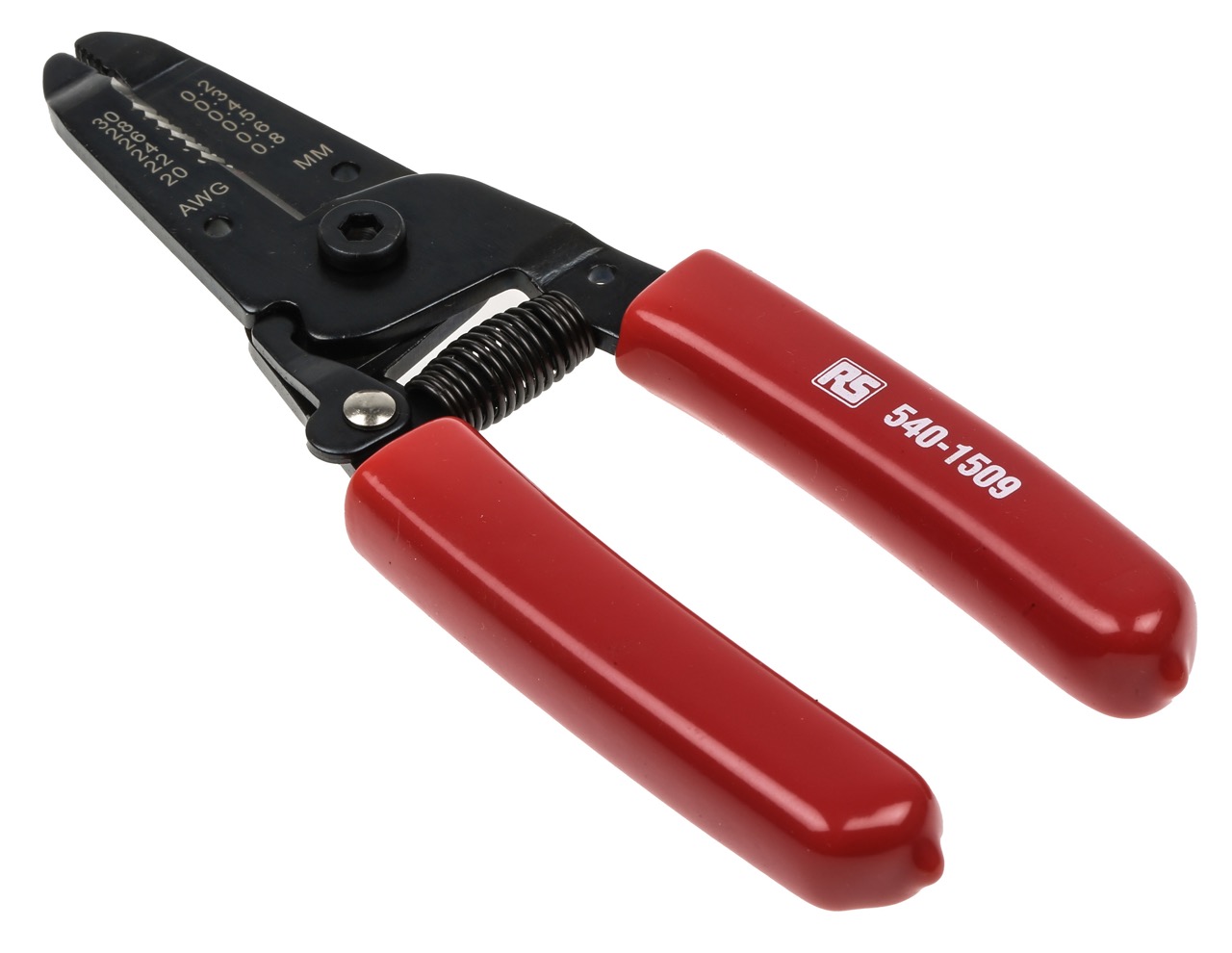
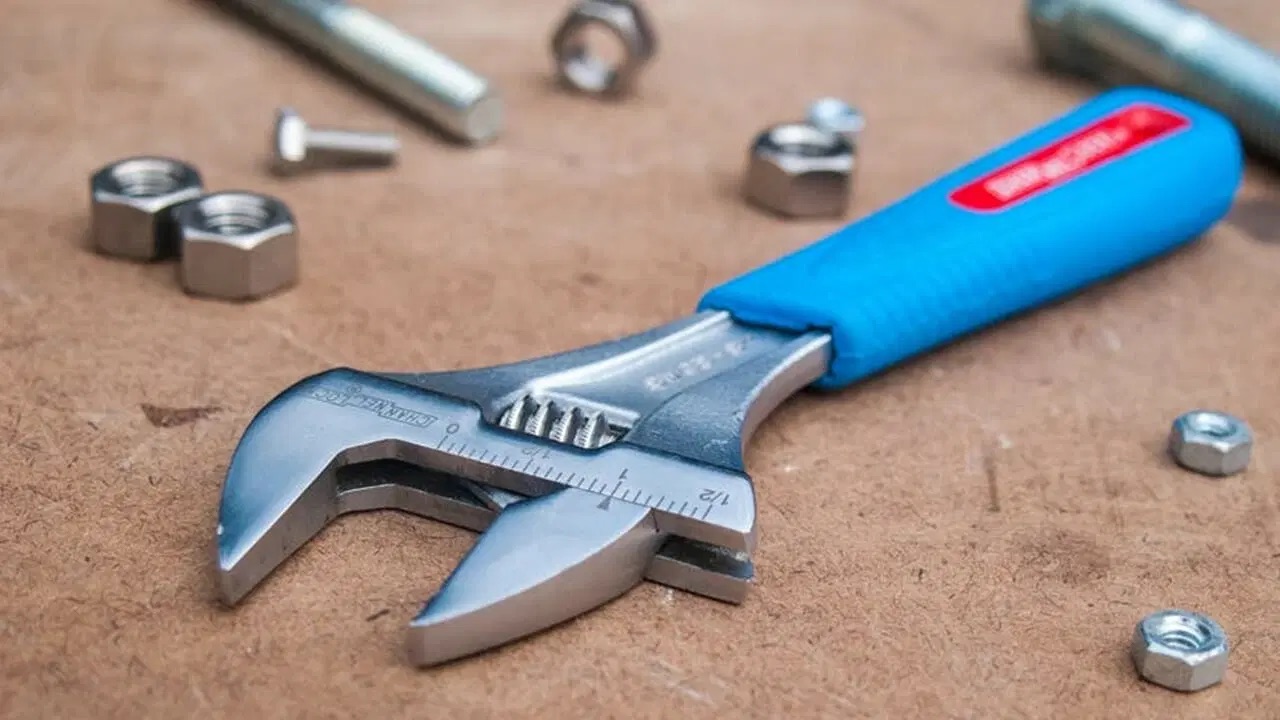
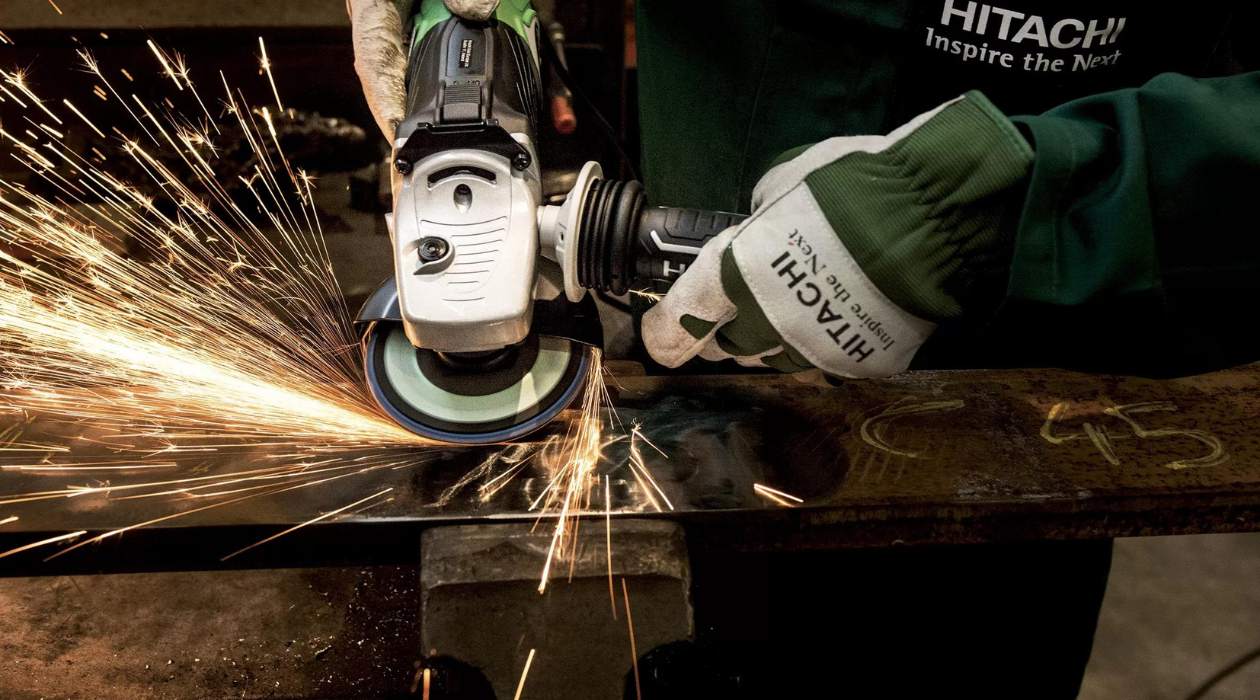
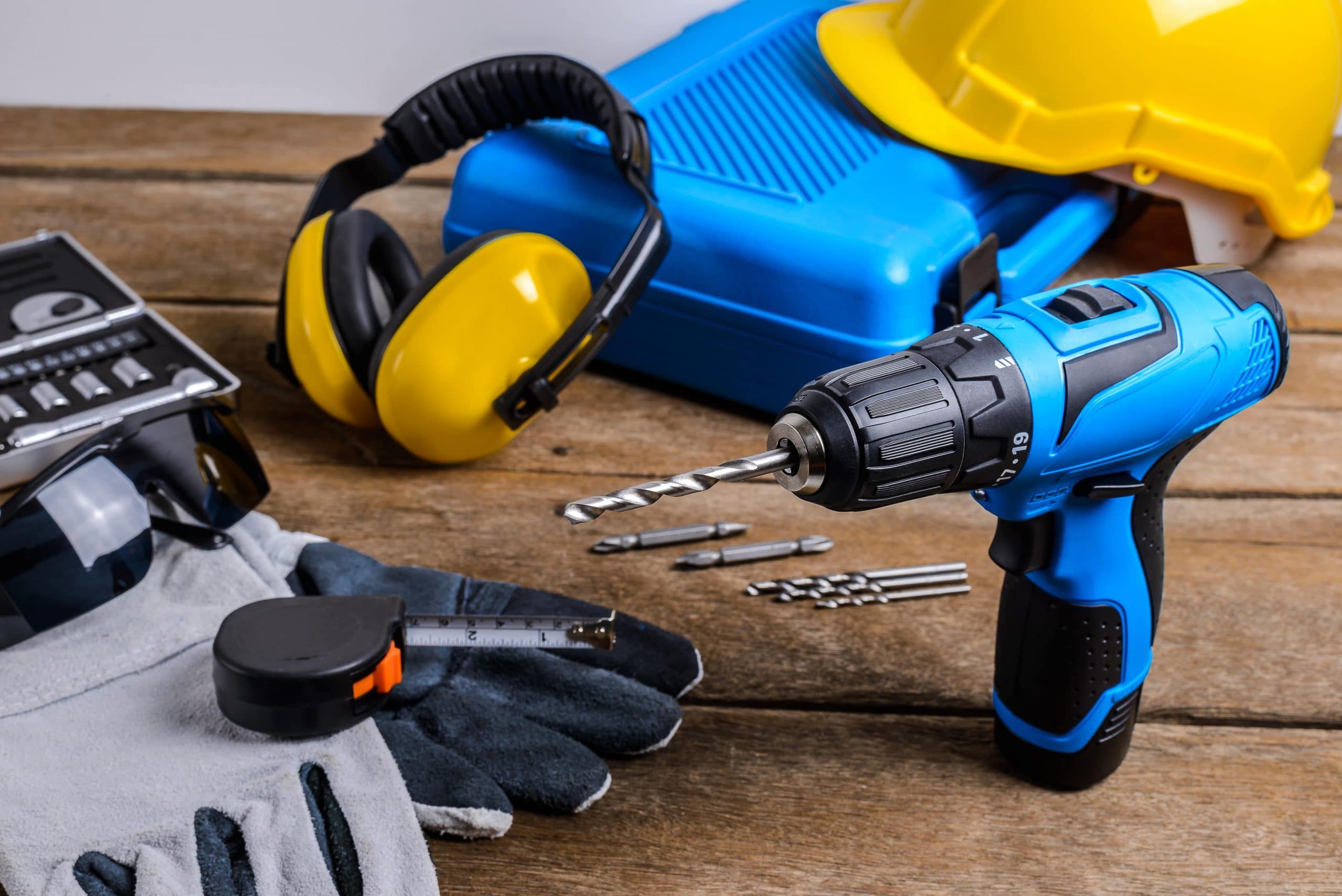
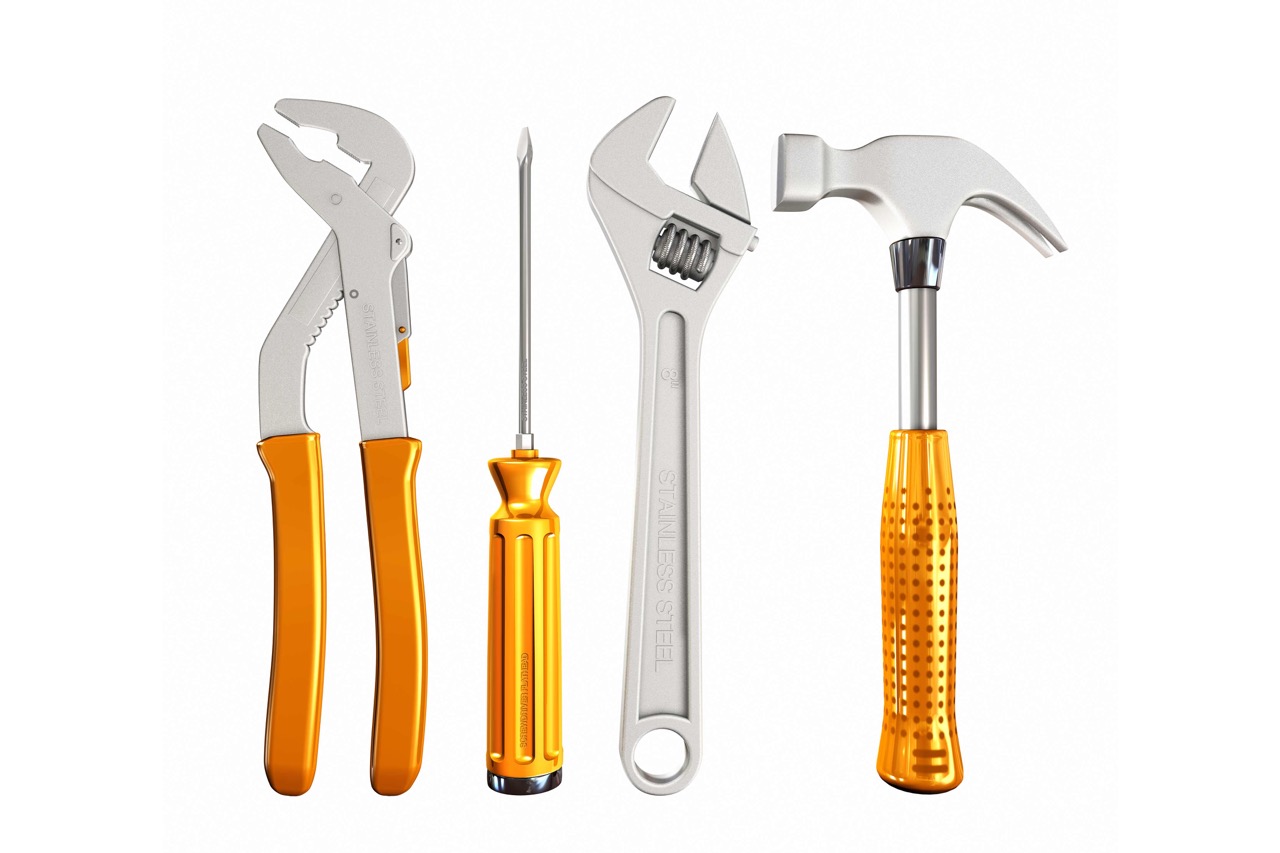
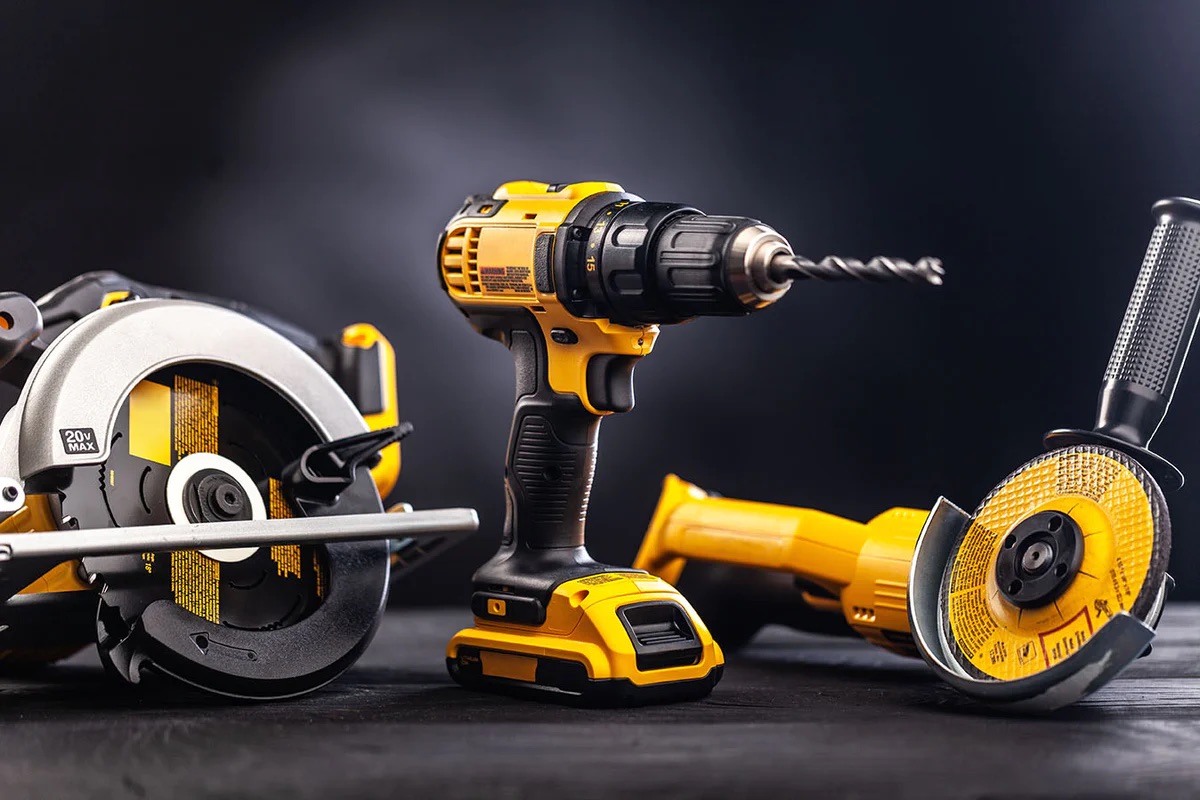
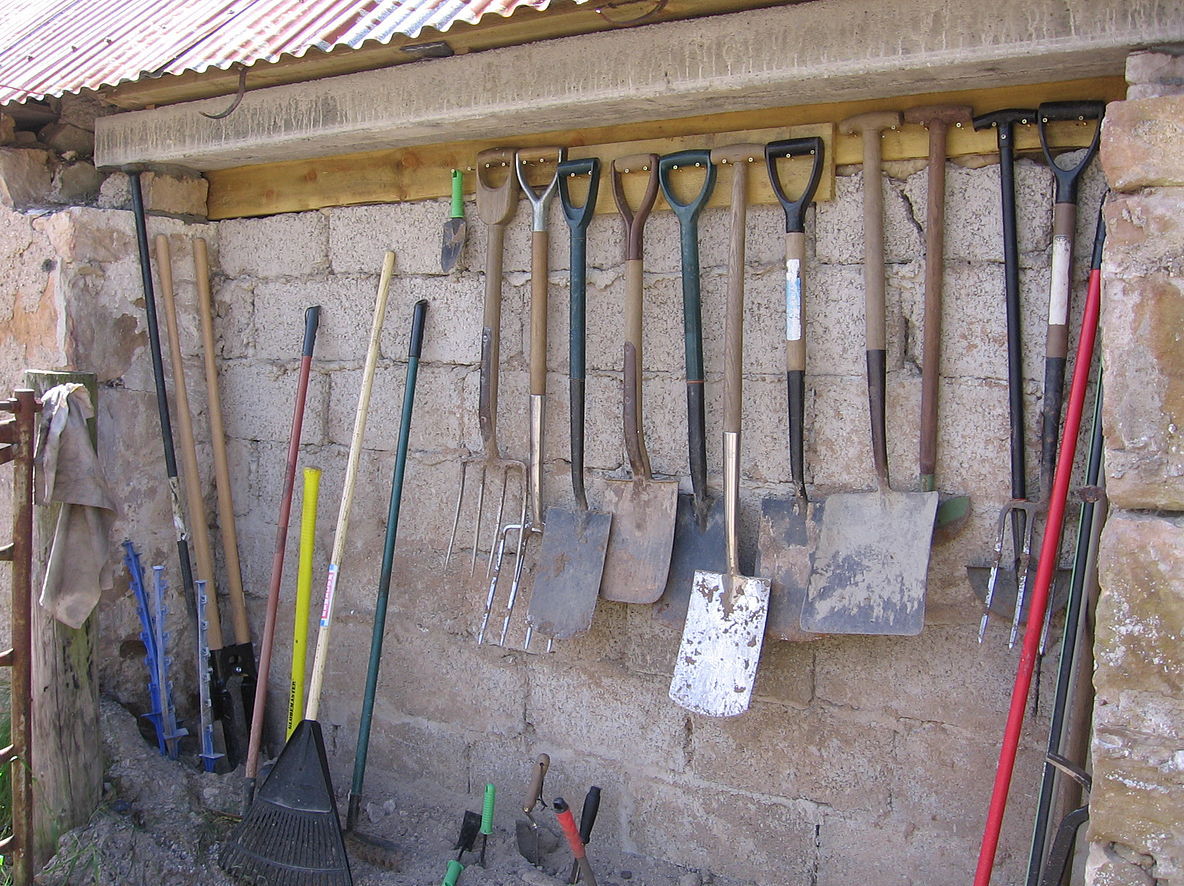
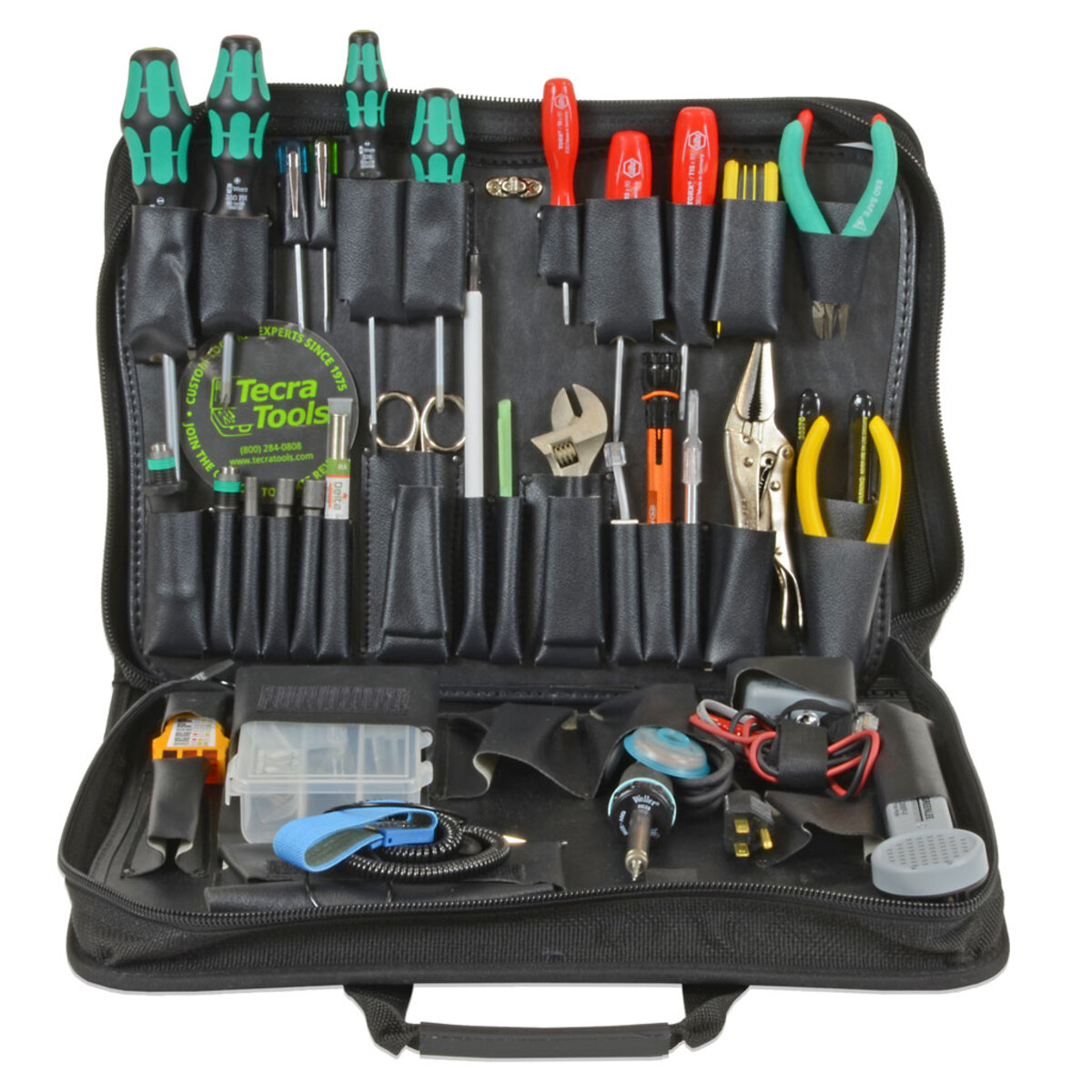

0 thoughts on “What Is The Best Power Tools And Hand Tools?”